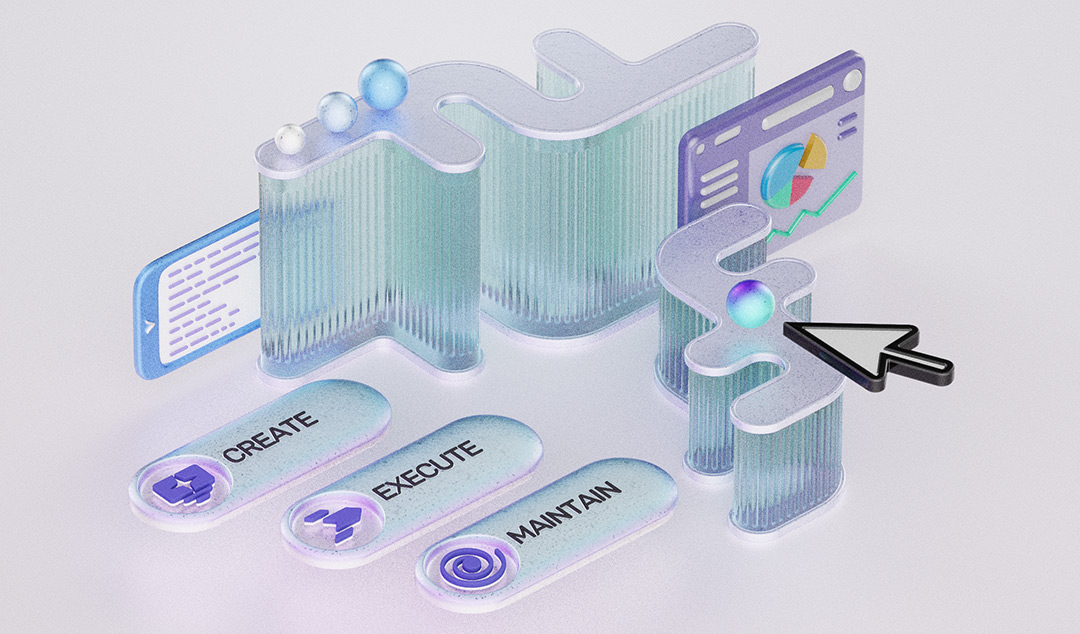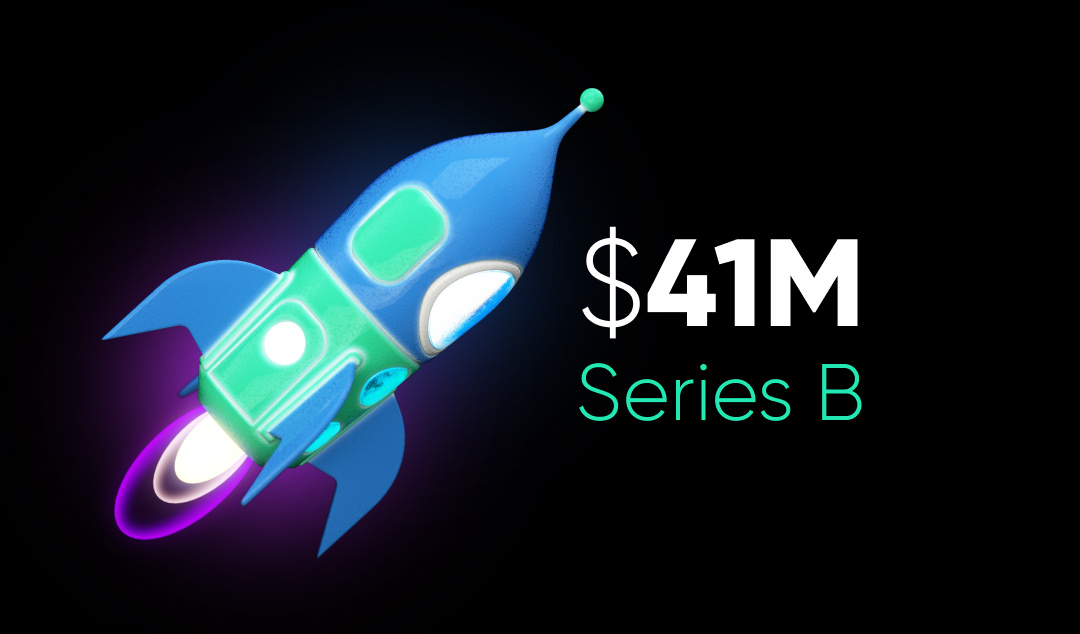Implementing AI Solutions in a Down Economy
Despite economic unpredictabilities, AI solutions can help produce long-term gains, and bring major benefits to IT organizations.

In todays’ economic climate, companies are still scurrying to reduce IT expenditures while minimizing compromises. While some companies are not losing IT budgets, they are also not yet ready to start expanding their reduced budgets.
All of this presents an interesting situation for the adoption of new, emerging technologies like AI. Is it a good idea to embrace AI solutions at this juncture? Do the benefits outweigh the potential costs? Considering the most crucial ground realities of the current economy, implementing AI solutions in such a time would require careful consideration and weighing the pros and cons.
With that said,
AI solutions can help stem the tide of compromises, produce long-term gains, and bring major benefits to IT organizations.
Let us discuss a few key points.
Working Efficiently with Reduced IT Budgets?
Much of working efficiently under a reduced IT budget depends on how intelligently and smartly that budget reduction was accomplished. Drastic reductions of IT budgets have not boded well for companies in different sectors historically. Rather, it’s the companies who have done this with insight and specific goals in mind that have managed to survive and thrive in the long run, in spite of the reduced budgets.
The smart way to work with reduced IT budgets is to focus the budget cuts on areas of redundancy and superfluity, at the same time avoiding choking off areas that are vital to performance, efficiency, and productivity.
Modern technologies like cloud and AI can be great candidates in such times, as their benefits can often outweigh their costs and their inherent qualities can also help decrease costs in certain other areas.
For example, one of the areas which often receives the most compromise is your on-premise IT infrastructure. This is an area which involves high costs of upkeep and overheads. It’s also incredibly expensive to scale these technologies as your business grows and evolves. Moving to the cloud and adopting SaaS solutions can be a great fix to operate efficiently without these extra costs. Cloud solutions do not involve expensive equipment acquisition, high overhead, and the cost of maintenance. Even more importantly, you are able to scale the capacities and capabilities of these solutions as and when you need as your business moves along.
Similarly, the time of a down economy can be an appropriate time to reevaluate your employee requirements. This gives you a clear opportunity to take a long, hard look at your employee base, remove redundancies if required, better manage employee retention and satisfaction, and create a workplace culture that helps employees evolve and thrive in their professional pursuits. These are awesome ways to reduce costs without the IT infrastructure having to bear the brunt of the reduced spending.
Striking a Balance
During a down economy, many companies automatically revert to cost-cutting strategies that are obviously apparent. For example, one of the most important consequences of the recent global pandemic has been investment in tools and resources that can provide long-term support to a fully remote workforce. As companies have restarted on-premise work, there is still a focus in many smart organizations on remote work as the benefits of such a move, both in terms of productivity and cost-cutting, have clearly come to the fore.
The main issue with reduced IT spends is the potential pitfalls it can have on the immediate and long-term future of a company. As much as possible, it is advisable to avoid cutting spending on productivity platforms. In assessing this, a judicious idea is to first work out which platforms provide the most value to an organization in terms of workflow, efficiency, and ROI. Then, budget cuts can be planned around those platforms, keeping them as well-funded as possible.
The issue is to put a monetary value on the true savings with budget cuts. In terms of productivity platforms that add value in myriad ways, cutting spending on those areas might not always equate to true savings, especially if the reduced spending ends up affecting the productivity and efficiency of the organization.
This is why implementing AI solutions in a down economy is often a good idea. Keeping in mind the benefits such solutions can bring to the table, it can be classified as a justifiable expense with long-term implications to both the bottom line and the top line. For a software development and testing context, the right testing platform is one of the most vital cogs in the wheel. This is one area where adopting a more modern, feature-rich, AI-driven solution might actually be a good idea, even during a down economy.
Implementing AI-first solutions and automation can also help reduce your employee needs while boosting productivity and efficiency. Not only will this allow you to manage your workload with smaller IT teams, it will also allow those teams more time for strategic and innovative endeavors as they no longer need to worry about repetitive menial tasks. This way, you not only get to reduce your IT operational costs but also get to achieve more with less.
AI-First with Functionize
In a down economy, gaining obvious advantages over the competition in terms of speed, efficiency, and quality can provide a great boost to revenue. This is where you can make a difference with Functionize, an AI-first test automation solution that is filled with features and functionality that can help you avoid test debt, increase test coverage, and dramatically speed up the testing process.
Functionize leverages AI on multiple levels to make the testing process simpler and more intuitive. Up front, it employs a codeless approach where any testing team member will be able to set up tests without the need to write complex programs. The tests are infinitely editable and reusable down the line.
From there, Functionize makes use of AI to detect and identify UI elements during testing and automatically makes corrections to the testing when it detects functional changes in the application. This makes the tests more durable and reduces the time it takes to keep tests accurate and usable. This also directly translates to more accurate, reliable testing with less false positives.
With the increased speed and reliability of the testing process, going ahead with Functionize can also help you stay on top of your test coverage needs and avoid the crippling problem of test debt. This translates into better product quality down the line. With these advantages on the table, it can be easy to see how adopting an AI-first solution like Functionize makes complete sense, even in the time of a down economy.
Accelerate Digital Transformation
In this day and age, many enterprising organizations would view the time of a down economy not as a liability, but as an opportunity to learn about operational costs and carry out poignant strategic moves so that productivity and efficiency can stay on a path of improvement in spite of reduced investment. You can cut down low-value operations, eliminate any kind of duplicated or redundant effort, carry out important activities in parallel, and take a look at cross-department activities.
Similarly, a lot of value can be found in these times by adopting modern productivity solutions like test automation platforms that make the best use of the latest technological developments like AI. In this way, implementing AI solutions in a down economy can actually work towards reducing your effective costs while keeping the company profitable in the long run.











